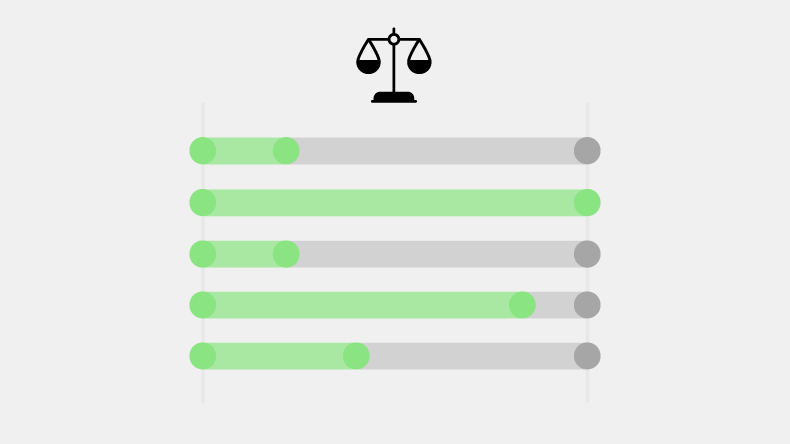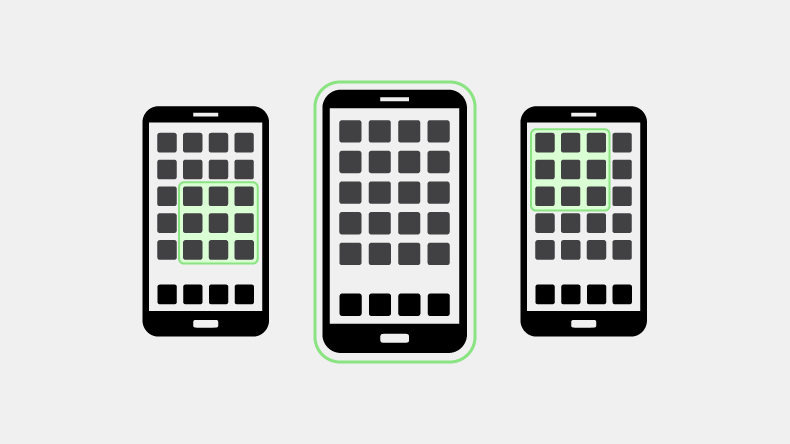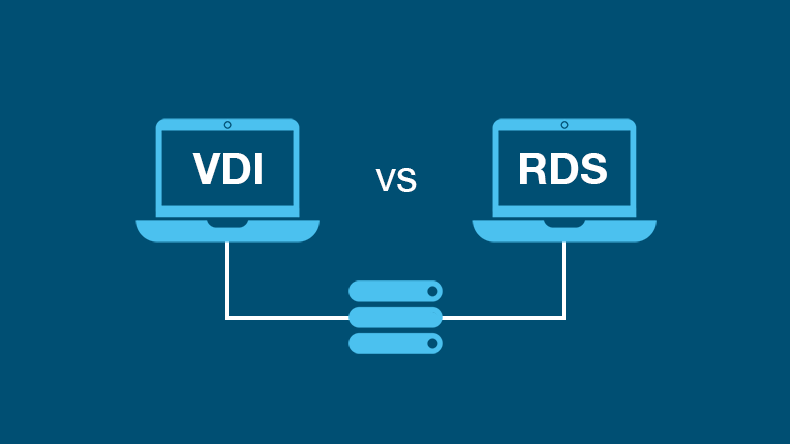Responsive Websites

If you’re considering revamping your online presence, you need to make sure it works for everyone who might use it. That means building a responsive site that works on every device.
If you’ve been on the internet since the early days, you may remember when websites carried messages like ‘Optimised for 800x600’. Back then, practically everyone was using a desktop machine to browse the web, because that’s all there was to use. So web designers built their sites in fixed shapes and sizes that would fit their screens exactly.
Fast-forward a couple of decades, and that feels like ancient history. We’re going online with smartphones, tablets, laptops and TVs of every imaginable shape and size. In fact, you may be reading this on a mobile device right now.
What is responsive design?
If you’ve ever tried to look at an ageing website on a smartphone, you know how frustrating it can be. The text is minuscule, buttons and links are impossible to tap and you’re frantically scrolling and zooming just to see the whole of the page. It’s like trying to cut a lawn with scissors.
Responsive design was invented to overcome these problems. Basically, it means that the design of a website automatically responds to the device being used to view it.
If you’re on a laptop or larger monitor, you see a ‘full-fat’ design that includes every element. But if you're on a mobile or tablet, you see a version that has a simpler layout, larger buttons, more accessible menus, a streamlined site structure and fewer images. As a result, it’s quicker to load – which matters if you’re on a mobile data connection rather than Wi-Fi.
Sometimes, the responsive site is a completely separate version, which mobile users are diverted to on arrival. Alternatively, the same code is served for everyone, and elements are included or dropped ‘on the fly’ based on the size of the screen available. (You can sometimes watch this happen ‘live’ by shrinking a browser window on a desktop machine.)
Why bother with responsive design?
Responsive design makes the user’s experience faster, easier and altogether more pleasant. That makes them more likely to stay on your site – instead of ‘bouncing’ straight off your home page and trying somewhere else.
Bear in mind that a website has literally seconds to capture a user’s attention. If they have to spend those seconds just waiting for the site to load, or hunting around for a menu, they’re unlikely to stick around.
The smoother your site’s experience, the easier it is for users to find the information they need. Then they’re more likely to perform whatever action you’re looking for – making a purchase, getting in touch or something else. And even if they don’t make contact right now, they’re more likely to remember that your site was easy to use, and bookmark it for later.
If your competitors have already gone responsive, you need to do the same in order to level the playing field. And if they haven’t, it’s your chance to gain a competitive edge over them.
Get found, get business
However, it doesn’t end there. As you probably already know, Google accounts for the vast majority of search-engine traffic. And since 2018, it has had a policy of ‘mobile first’ indexing.
In other words, if Google doesn’t find a slick, fast-loading mobile version when it indexes your site, it may place you further down its search rankings.
This change wasn’t about punishing site owners. It simply reflected the priorities and preferences of Google’s users, who are more and more likely to be on mobile. And since Google’s users are your potential customers, going responsive really is a no-brainer.
Tips for going responsive
- Think mobile first. Just as Google favours mobile, so should you. Consider the structure, length and design of your site with mobile in mind from the outset. Build wireframes for both mobile and desktop. This is particularly important in a modern office environment, where everyone’s working on lovely big monitors. You may be, but your customers aren’t.
- Test on mobile. In the same way, make sure you test your new site on mobile throughout its development. Don’t just take a quick look as an afterthought and persuade yourself it looks OK.
- Forget Flash. It was once the future of exciting websites, but unfortunately it’s now firmly in the past. Neither Android or iOS devices support it, and HTML5 is now the standard means of adding movement to web pages – if you need it at all, that is.
- Keep it simple. Most site users are not looking for entertainment. They want to find information, get help or make a purchase. They’re probably tired, bored or distracted – and if they’re on a phone, they’re working with a small and fairly fiddly device. Make their life easier with short, concise text and as few large images as you can.
Ready to go responsive?
If your website needs a makeover for the smartphone age, we can help. Our developers specialise in clean, responsive designs that make life easier for your customers and bring you more business.
If you’d like to learn more or discuss your ideas or thoughts, just get in touch and one of our team members.
You can call us on 01603 431200 or email solutions@computerservicecentre.com
Back to the blog.
From our blog
View articlesSign up to our newsletter
The latest insights, articles, and resources direct to your inbox.





